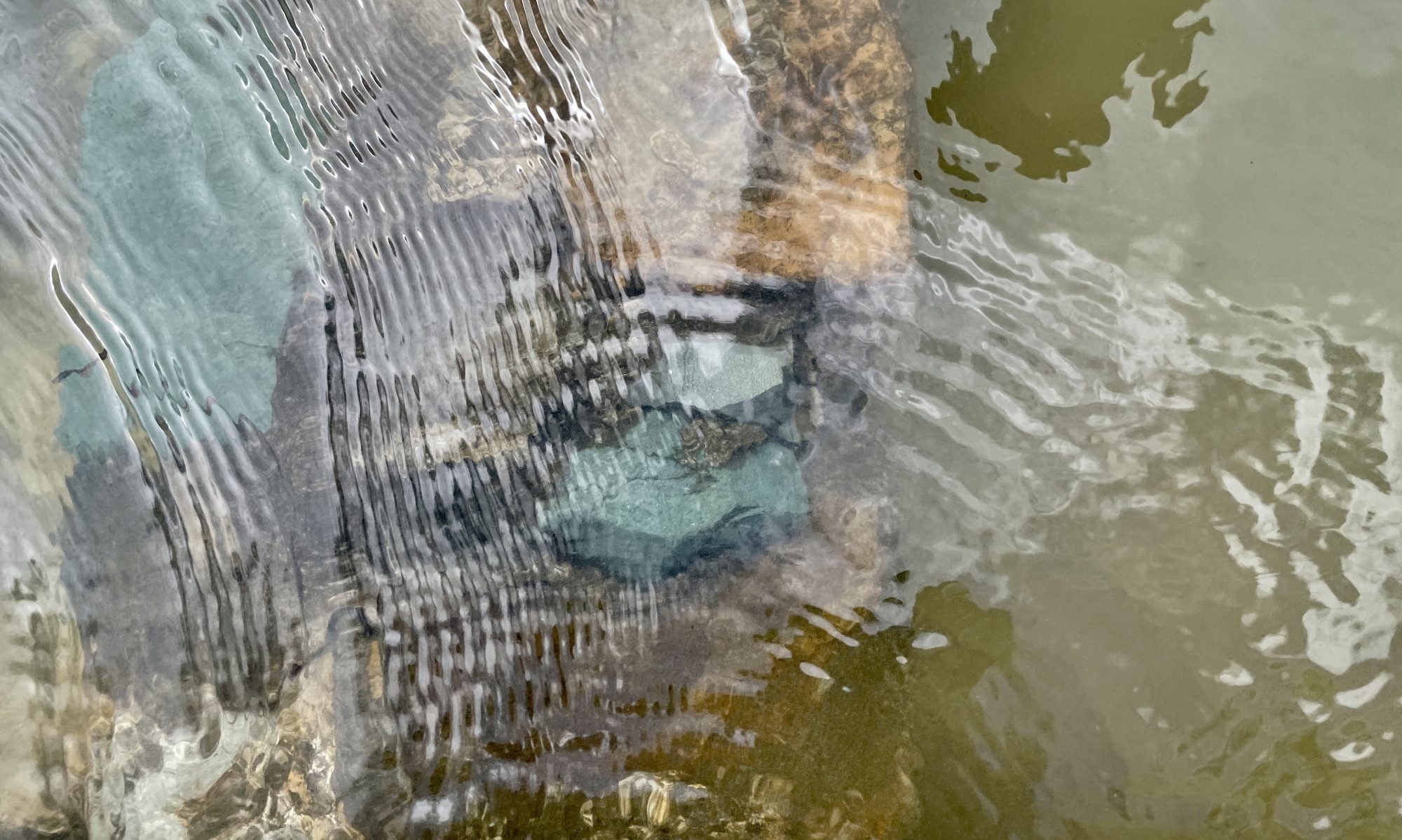Wandering to my studio at the bottom of the garden early on a Sunday morning, I anticipate a hot cup of green tea as I write on one of the coolest mornings we’ve had in months. My mind is on the subject at hand: What does it mean to undertake an artist residency?
I open the studio door, put down my laptop and walk to the sink to turn on the kettle. Passing by my desk, I see smashed glass all over the floor, covering a collection of bird nests on a tray under the window like confetti, the breeze blowing through a missing louvre pane. The studio floor and my work tables, covered in notebooks, instruction manuals, cables and speakers in various stages of assemblage, are veiled in fine, red dust.

The excitement of being back in ‘my’ space for the first time in months has diminished – I feel deflated. I open the blinds and the doors looking out on to the back paddock, shaking out dust from the cover on my writing/reading chair. Dust varnishes everything – someone’s top soil stopping over from one of the relentless dust storms we’ve endured this summer, whispering its way around doorways and through minute crevices to settle inside.
Things like this are enough to unbalance the juggler. Keeping my balls in the air for sustained periods of time is hard work.
My art practice fits into a very tight schedule of life. Whose doesn’t? Mine includes a marketing communications business of more than two decades, a family with a newly-minted school leaver trying to find her feet, a dusty house and dying garden on a few droughted hectares, with a circus-like collection of rescue animals requiring feeding and watering twice a day. I also like to be active in my regional community, maintaining networks and friendships, and working on things to make my place in the world somewhere I wish to live and work.
I guard Fridays closely, as along with the weekends, Fridays give me three days a week to work on my art projects – the stuff that stimulates my mind. Challenging and often problematic, I’ve come to learn I like working on problems. Weekends are a mix of art production, family and friends…probably in that order if I’m honest. If I don’t find the time during daylight hours, I work into the night, often researching on my phone just before going to sleep. I’ve got segregated spaces for working, notebooks documenting my thoughts, action plans, and findings, along with dozens of bookmarks on my computers, and various tech spread across my office and studio within arm’s reach.

Sometimes, after weeks on end of this schedule, I wake badly – my eyes foggy and mind dull. I struggle to find the energy for anything. It’s like jetlag.
I hear friends, family, and strangers think, and sometimes say, “Why live like this? You have a choice.”
How do you explain to someone not driven to be creative that you don’t have a choice? I find myself talking in clichés, and that’s a trap because art isn’t just a calling for the artist, art benefits everyone, not just those making it.
Art helps us make sense of, and connects us, to the world we live in. Art gives us the opportunity to think about issues from a different perspective. Art crosses geographical boundaries and political divides. Art is the soul of our communities.
There have been plenty of editorials and blog posts written on this topic over the years, as artist residencies are pitched to artists as ‘must do’ activities to enhance your resume, boost your career, or reinvigorate your practice. There’s also been criticism about how they’re an excuse for a domestic or overseas holiday to maybe or maybe not produce some new work.
Regionally-based, female artists with interesting, experimental practices have a lot of great things to say, we simply need the space, support, and opportunities to take time out of our bursting-at-the-seams schedules to just be artists for a while.
For me, my time in Iceland is a chance to escape some of the responsibilities at home (if not the worry); away from the relentless drought, my dying garden, and endless dusty floors; away from my business of 23 years relying on chargeable hours to pay the bills; away from the shopping, cooking, cleaning and organising that goes with being the domestic glue of the family.
I keep saying Eye of the Corvus: Messengers of Truth is the most ambitious and challenging project I’ve produced in my 17-year practice. If I dwell on that it scares me. However, I believe with time to focus on nothing but this project during two months in Iceland, I have the opportunity to create a work that we can all be proud of.
Find out more about the project and why I chose Iceland go to the project website.


